The reality from localities with many hydropower projects shows the complexity in the operation and regulation of hydropower reservoirs. TN&MT Newspaper reporter interviewed Mr. Ngo Manh Ha - Deputy Director of the Department of Water Resources Management to better understand this issue.

Reporter: Since the Prime Minister issued the Inter-reservoir Operation Procedures on 11 river basins, how do you evaluate the water regulation work in recent times? How is the close and proactive coordination of localities and reservoir owners in complying with the operational regulation rules at large and small hydropower plants in the areas, sir?
Mr. Ngo Manh Ha: It can be said that the operation according to the regulations of the Inter-reservoir Operation Procedure on 11 river basins in the past time has played an important role in minimizing damage caused by rain and floods to the downstream areas of large river basins and providing safe water for production and daily life activities in the downstream areas.
Typically, during the historic flood in 2020 and the recent floods in 2021 and 2022, the whole country had 11 river basins operating and regulating according to the inter-reservoir process, with a total of 134 reservoirs having to operate and regulate according to the regulations of the inter-reservoir process, participating in cutting and reducing floods for downstream areas very effectively, significantly reducing flooding for downstream areas of specific river basins: cutting flood peaks from 30 - 98% depending on each flood, cutting total flood volume from 30 - 80% of total flood volume (some floods cut 85 - 92%).
The Ministry of Natural Resources and Environment has developed and submitted to the Prime Minister for promulgation 11 Inter-reservoir Operation Procedures on 11 large and important river basins including the Red, Ma, Ca, Huong, Vu Gia - Thu Bon, Tra Khuc, Kon - Ha Thanh, Se San, Srepok and Dong Nai rivers. About 134 reservoirs and dams on 11 river basins have been regulated and operated according to the inter-reservoir mechanism with the top priority principle being to ensure the safety of the works, cut and reduce floods for downstream areas during the flood season, prioritize maintaining minimum flows, and supplying water downstream areas to serve production activities and people's lives during the dry season.
Or in the dry season, in some years, the amount of water accumulated at the beginning of the dry season in many reservoirs is quite small, only 40 - 75% depending on the reservoir, especially some reservoirs can only accumulate about 20%, medium and small irrigation reservoirs can only accumulate 40 - 80%. The Ministry of Natural Resources and Environment has coordinated with ministries, branches and localities to urge and unify operational plans to adjust the discharge flow in the dry season months or reduce the agricultural production area in the context of water shortage. Therefore, although the flow to the reservoirs is very small, it still balances enough water supply for downstream areas throughout the dry season.
Along with that, in recent times, localities have clearly demonstrated their proactive role in operating reservoirs to ensure effectiveness in cutting, reducing floods and providing safe water for downstream areas of river basins. Specifically, to ensure effectiveness in operating reservoirs in accordance with regulations, especially in the immediate event of floods, droughts and water shortages, localities have established standing groups (composed of the Provincial Steering Committee for Natural Disaster Prevention and Control and Search and Rescue, Provincial People's Committees, District and Commune People's Committees in the downstream areas of reservoirs and reservoir management and operation units) to regularly and continuously update information, operational data, hydrometeorological monitoring data, and water level situation in downstream areas.
On that basis, the plan for directing and operating reservoirs will be sent directly and immediately to the reservoir management and operation units to ensure maximum efficiency in directing, operating and operating.
PV: Besides the important results achieved such as helping to cut and reduce floods downstream during the flood season and regulate water for production and daily life during the dry season, in your opinion, are there any difficulties or problems in the current operation of inter-reservoirs in localities?
Mr. Ngo Manh Ha: In reality, the strict implementation of the inter-reservoir operation process has been effective in preventing and combating natural disasters, but in the implementation process, there are still some weaknesses and shortcomings that need to be urgently overcome. First, the effectiveness of coordination is still low, and some localities are still confused in directing and operating reservoirs.
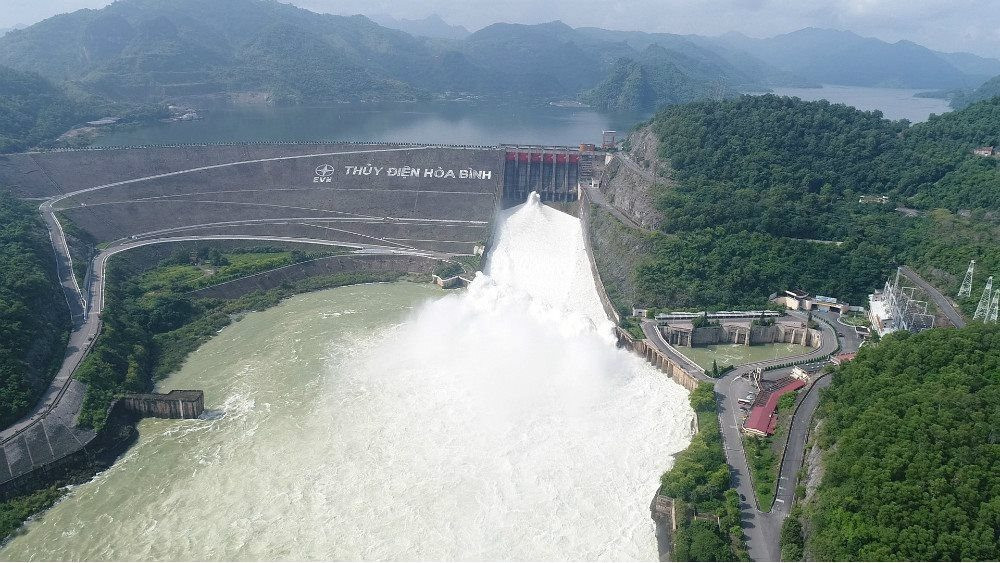
The issue of sharing information, operational data, meteorology - hydrology, between localities is still ineffective. The capacity of reservoirs in the Central and Central Highlands regions is still limited, only being able to cut and reduce floods for localities in the downstream areas affected by the regulation of the reservoirs, but not being able to solve all the downstream flood problems in the entire river basin. In addition, in the current basins, there are thousands of other single-purpose irrigation reservoirs, few of which have regulating gates, so the flood regulation capacity is very limited compared to the total flood volume in the basin.
Reporter: To ensure appropriate and effective operation of the reservoir system and overcome existing shortcomings, in the coming time, what solutions does the Department of Water Resources Management propose for the operation of the reservoir system, sir?
Mr. Ngo Manh Ha: To increase the efficiency of inter-reservoir operations, improve the efficiency of management, supervision, and support for decision-making on reservoir operations according to the provisions of the Inter-reservoir Operation Procedures, the Department of Water Resources Management has consulted and proposed a number of contents in the Draft Law on Water Resources (amended).
Specifically, the Department has proposed that there should be a policy mechanism regulating the conditions for flexible operation, aiming at operating reservoirs in real time, building a decision support system to manage and operate reservoirs; Establishing a connection between the system for managing inter-reservoir operations and the toolkit for distributing and regulating water resources in river basins in real time. At the same time, supplementing regulations on the roles, responsibilities and powers of river basin organizations in monitoring and managing inter-reservoir operations in particular and the distribution and regulation of water resources in river basins in general.
It is hoped that when the Law on Water Resources (amended) is passed by the National Assembly with important regulations on the operation process of inter-reservoirs on river basins being amended, existing limitations will be overcome, contributing to flood prevention and control and maintaining the safety of dams so that people downstream will no longer have to suffer from floods and "thirst" for water every time the flood season comes.
PV: Thank you very much!
Source




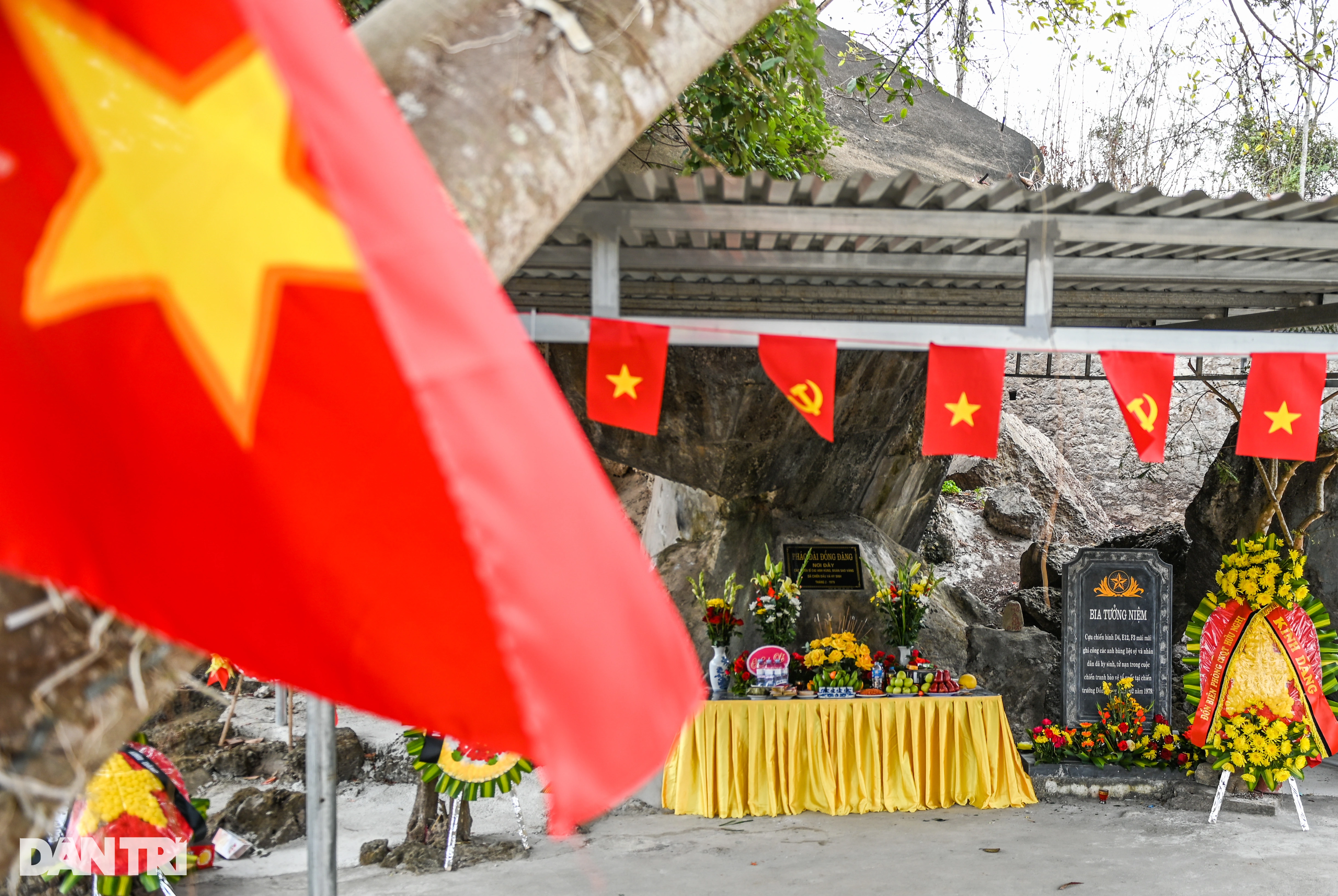




























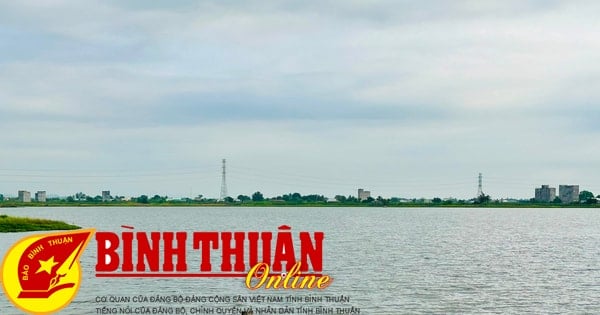
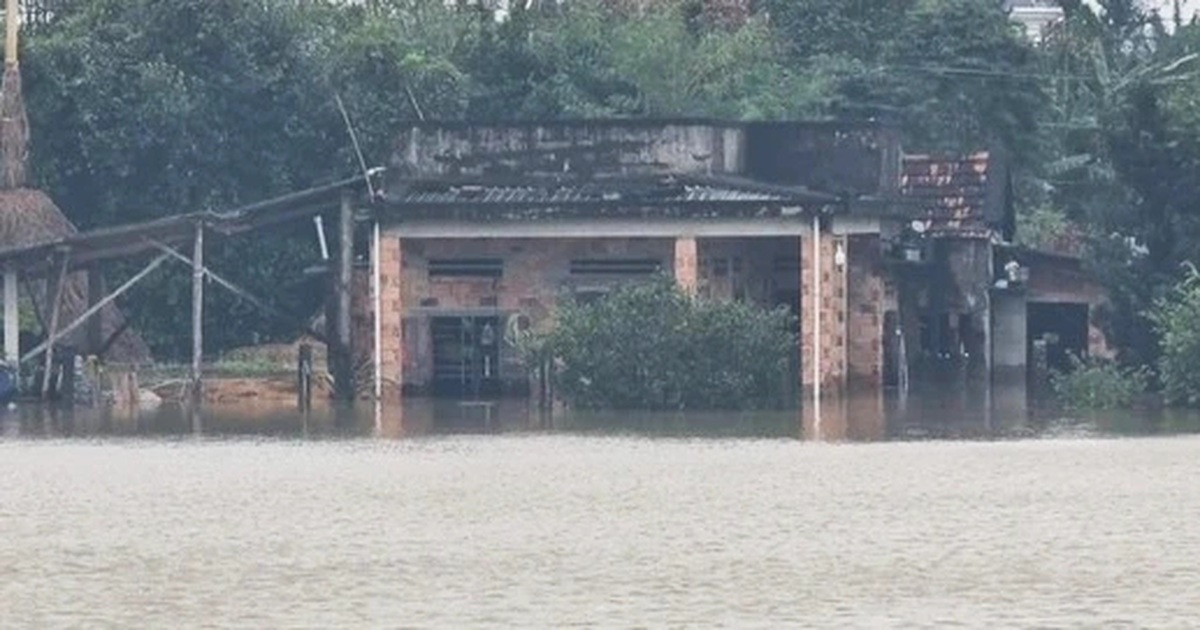

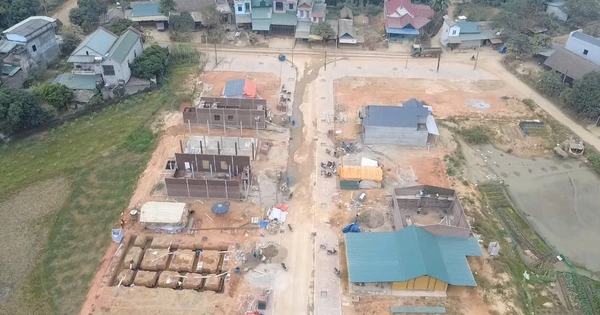

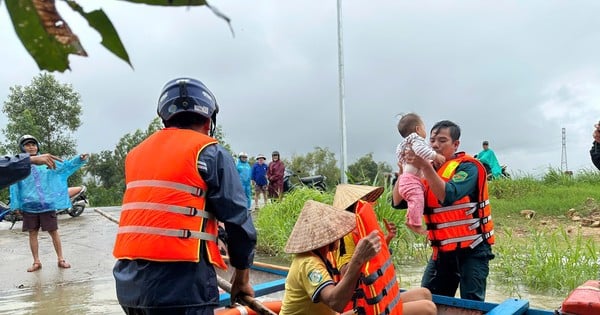
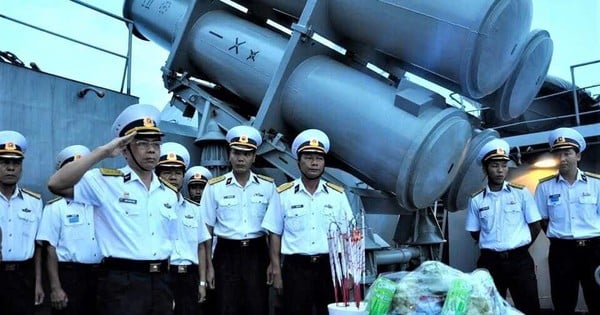

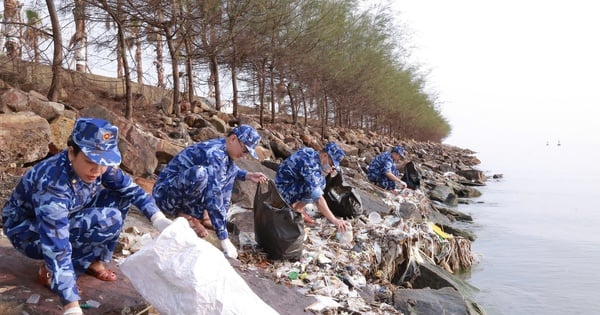
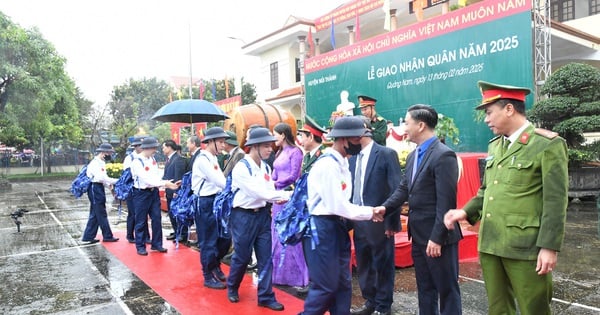


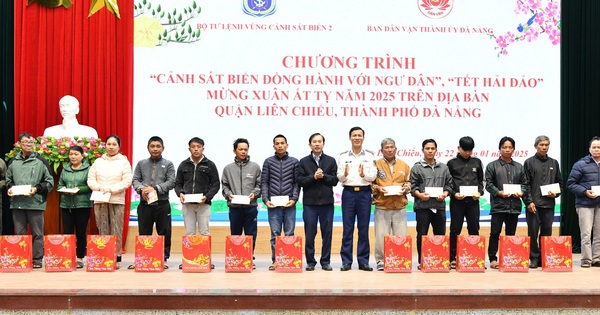

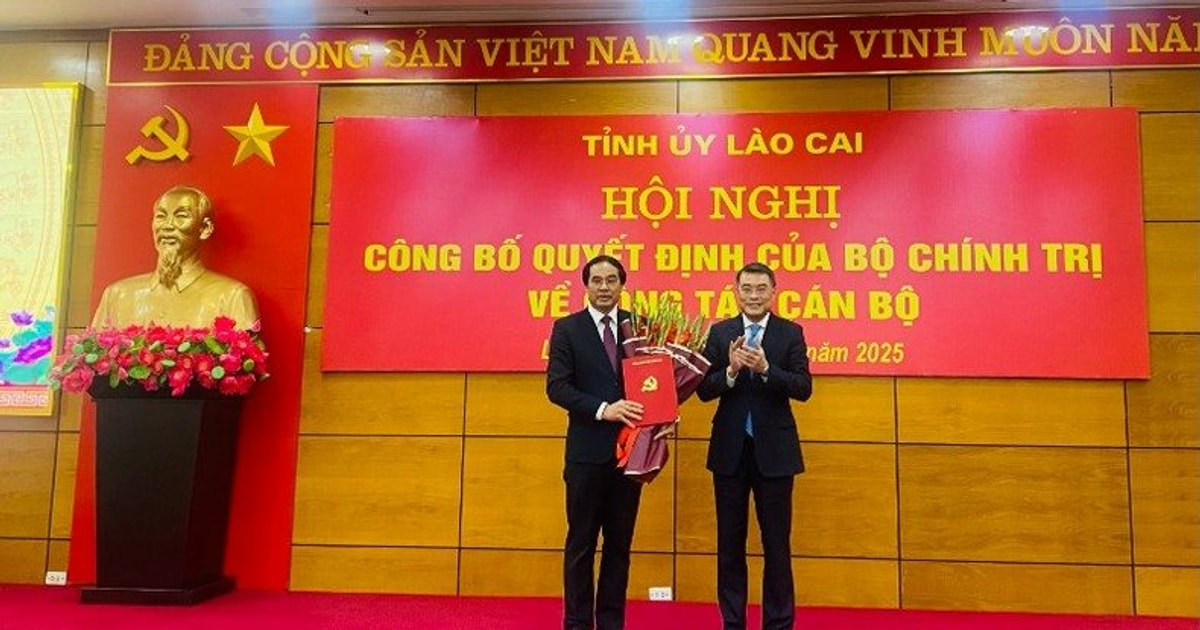


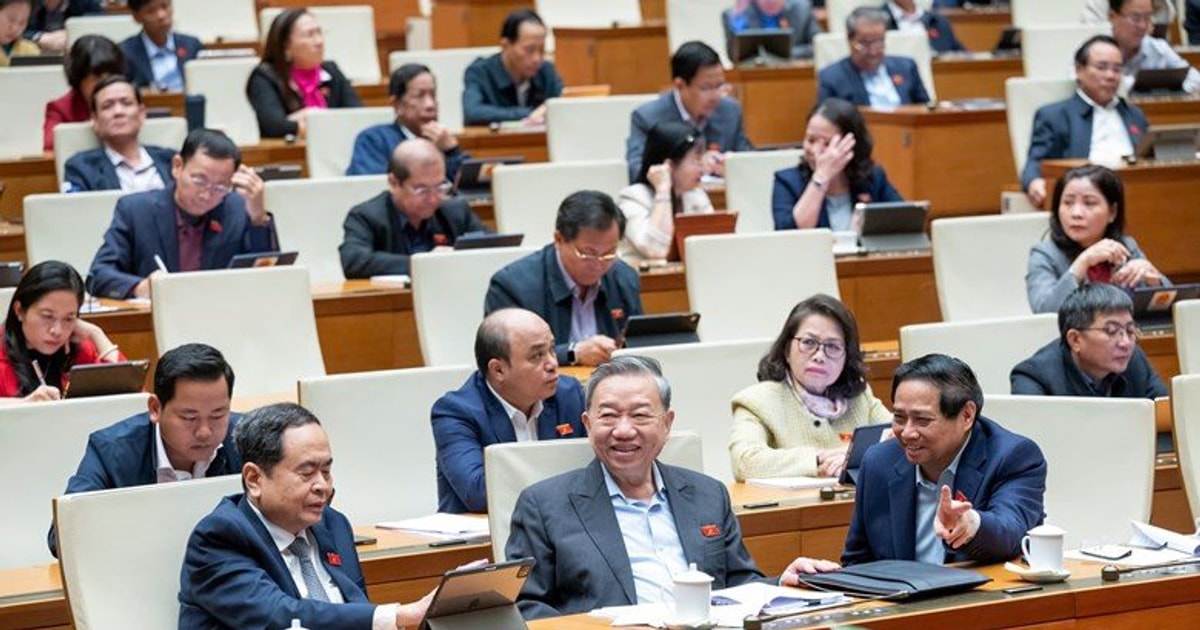














Comment (0)